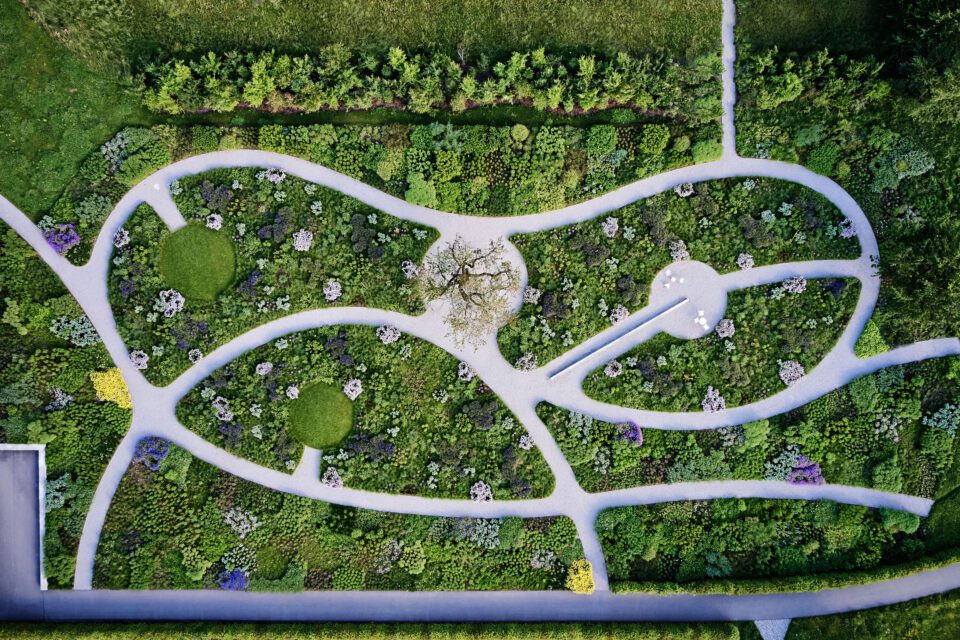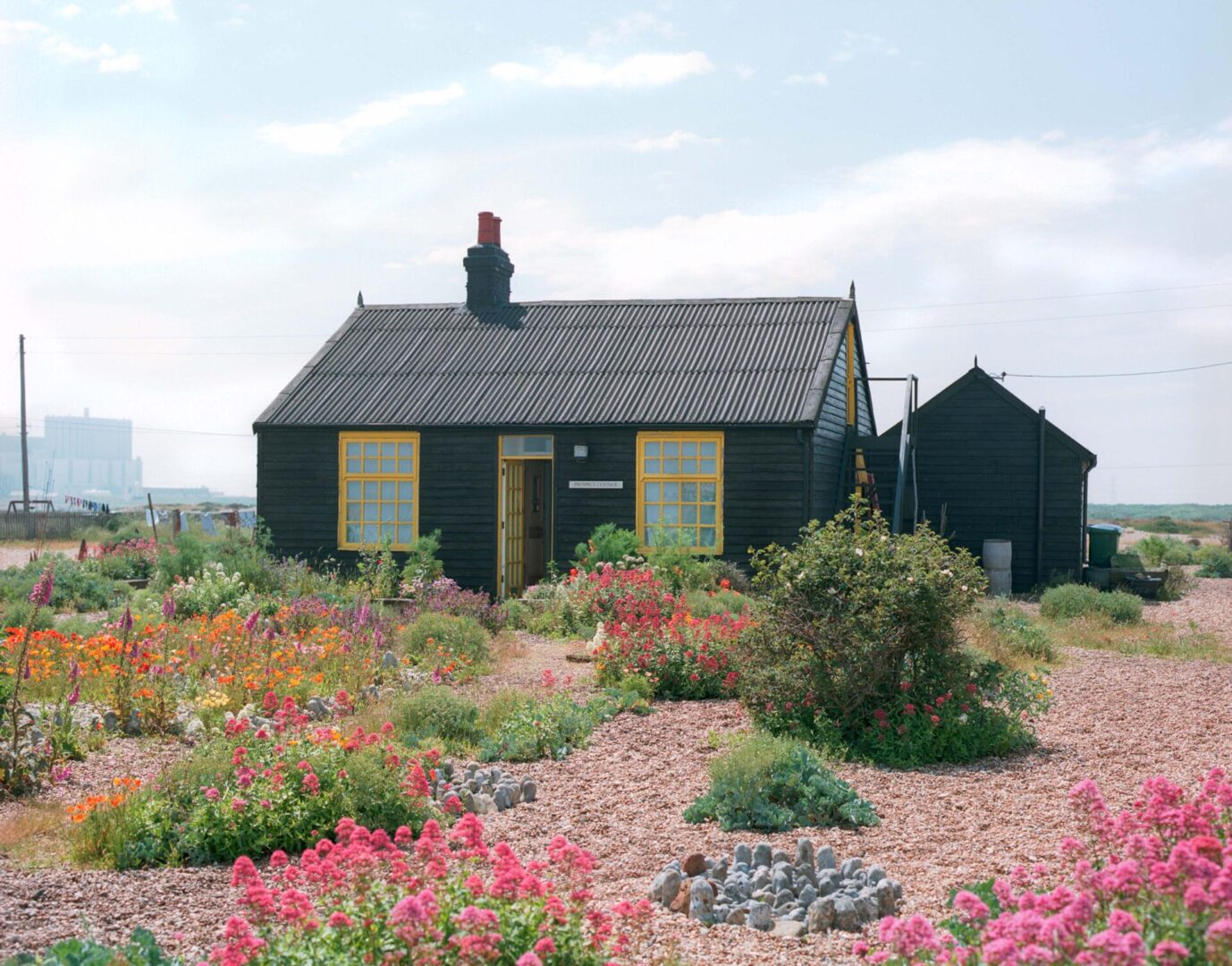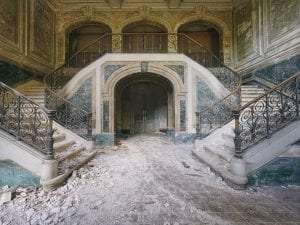One in eight households in Britain does not have a garden. This access directly corresponds to demographic inequality in the country. According to the Office for National Statistics, Black people are nearly four times as likely as white individuals to lack outdoor spaces at home. The probability is also lower for those in manual occupations, casual workers and those who are unemployed. Gardens improve both mental and physical health, offering the opportunity to grow produce as well as bring communities together. The imbalance of access to the outdoors, then, is tied up with questions around equality and social justice.

How have artists tackled this issue? A new exhibition at Nieuwe Instituut features works by designers and artists who champion green space, including the late Derek Jarman, as well as Jamaica Kincaid and Roberto Burle Marx. The latter is credited with popularising modern landscape architecture in Brazil, using the platform that came with his international fame to call for the conservation of the country’s rainforests. Jarman’s Dungeness home is instantly recognisable. Yellow window frames are set against black panels, foregrounded by blooms of every colour.

Garden Futures demonstrates that these spaces are testbeds for solutions to issues of biodiversity. Visitors to the show can expect to discover insights into pioneering ecological experiments including vertical forests, urban farms and rooftop greenhouses. Here, the garden is a far cry from forgotten hanging baskets or weed-riddled patios. It is a place of self-expression, found at the very heart of a more sustainable and socially conscious future.
Garden Futures | Nieuwe Instituut, Rotterdam | Until 12 April
Image credits:
1. Derek Jarman, Prospect Cottage Garden at Dungeness, Kent, UK, designed from 1986 Photo: Howard Sooley, 1993
2. Carefully manicured topiary in Julien de Cerval’s gardens of Marqueyssac, France, designed in the 1860s. Credit: Romain Laprade, 2020
3. Piet Oudolf, Oudolf Garten on the Vitra Campus, Weil am Rhein, 2020 © Vitra, Photo: Dejan Jovanovic





